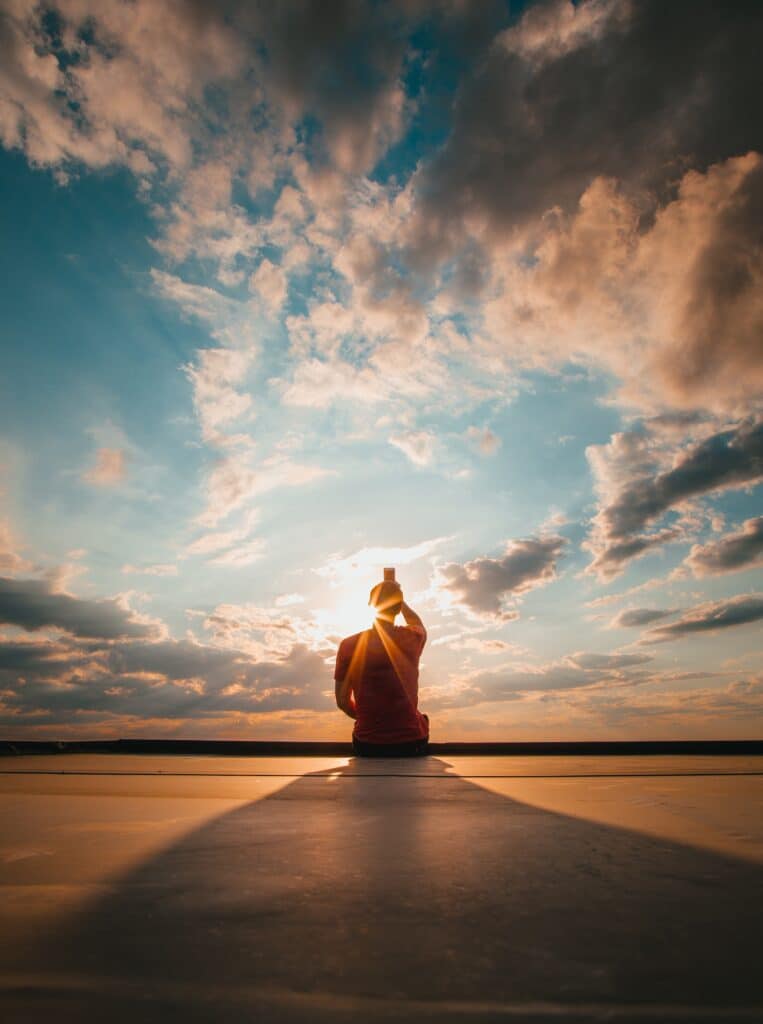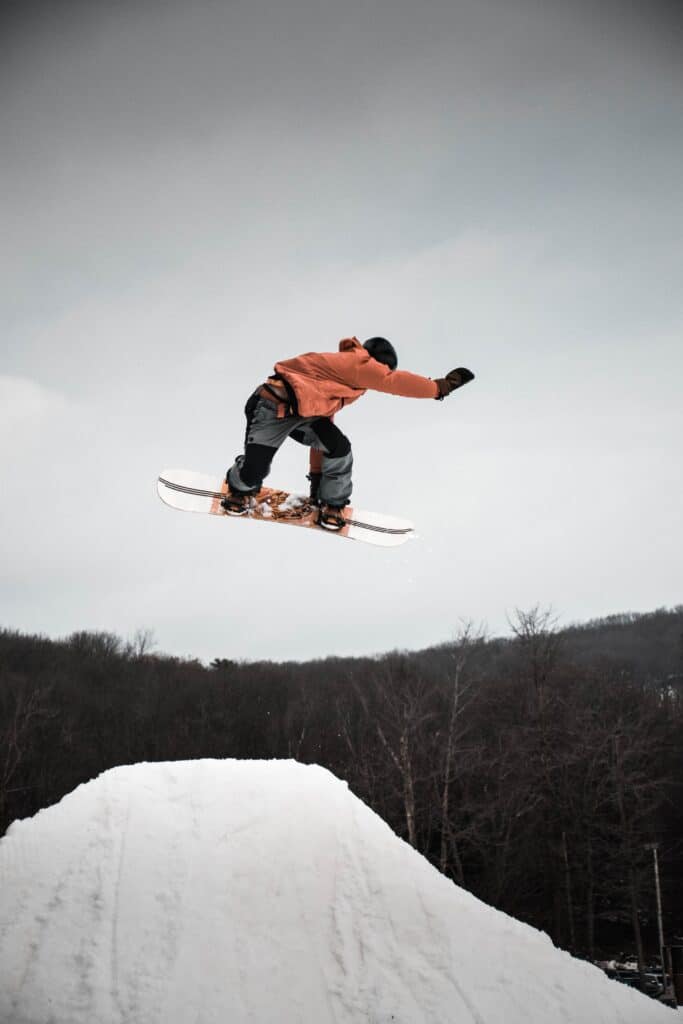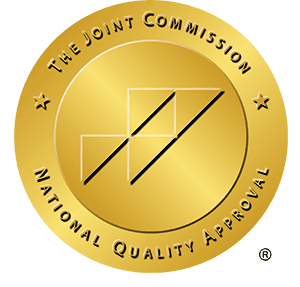Addiction is a disease of the brain, raising havoc with the neurotransmitters that naturally help people manage pain, relieve stress, and provide pleasure from food, sex, and laughter. Mindfulness meditation retreat brings awareness to the cravings and responses, providing an opportunity to intervene and identify alternatives to an automatic reflex to use drugs or alcohol to satisfy a craving.
Request a Confidential Callback
What is Mindfulness?
Being present in this moment and being aware simply explains the Mindfulness based stress reduction experience.
The practice of mindfulness is easy to learn. It incorporates things people already do. Mindfulness makes people more aware of what is happening around them, making life much more manageable. Anyone can practice mindfulness.
Mindfulness based stress reduction is a holistic activity and requires no medication or equipment. It can be practiced at any time and in any place.
When mindfulness meditation practice is performed daily or as a way of life, it is an effective preventative tool for stress and anxiety. It effectively provides a general sense of well-being and a tool for coping with crises.
Mindfulness is about not doing. It is about simply being aware.
The Benefits of a Mindfulness Practice
Approaching problems from the present allows the individual to fully evaluate problems and solutions in real-time.
The human brain does not stop in every day life. It does not take a break. The brain processes information at such a rapid speed it is not possible to listen to every thought and action. Mindfulness helps slow down what can seem like an overwhelming stream of thoughts that sometimes imply that action is necessary.
- Enhance mind resilience
- Increased relaxation
- Improve decision making
- Reduced depression
- Reduced anxiety
- Positive well-being
- Pain management
- Self-compassion
- Improved cognitive function
- Achieve goals
Approaching problems from the present allows the individual to fully evaluate problems and solutions in real-time.
The human brain does not stop in every day life. It does not take a break. The brain processes information at such a rapid speed it is not possible to listen to every thought and action. Mindfulness helps slow down what can seem like an overwhelming stream of thoughts that sometimes imply that action is necessary.

Don't Let Anything Stop You From Getting Help.
We work with most major commercial insurance plans which can help cover up to 100% of the costs associated with treatment.
Breathing is the Central Component of Mindfulness
The practice of mindfulness uses skills people already have. Many of the skills of mindfulness are taken for granted. Once they are called upon to practice mindfulness, their value is unmistakable. Breathing is a bodily function central to living in the present – mindfully.
Awareness of the breath makes it clear how much a person has within themselves to find calm and inner peace.
Breathing is an automatic function of life. It is an autonomic function initiated in the brain. It can be counted on to occur 24 hours around the clock, awake or asleep.
For as long as a person is alive, breathing will occur without prompting except in times of profound illness or injury. Most people don’t pay any attention.
Bringing one’s attention to their breathing takes them immediately to the present moment initiating the awareness of everything else occurring. Awareness of one’s breathing is an essential tool anyone can use, making mindfulness available to anyone.
Types of Mindfulness Meditations
Mindfulness can be practiced at any time. Sometimes it is helpful to practice mindful meditation with a meditation instructor by turning to a quiet time and place, slowing down intrusive thoughts, and simply being in the present moment.
Some of the focused meditations include:
-
Walking
While walking, take in the five senses studying what is observed, including the physical sensation of walking.
-
Eating
Consuming food and drink slowly, observing taste, texture, and eating process.
-
Sitting
Eyes closed in a comfortable chair, relaxed, paying attention to the physical sensation of being in the chair, observing sounds and odors.
-
Standing
Bring your awareness to the sensation of your feet on the ground. Sense the feeling of being truly grounded.
-
Body Scan
Laying down in a comfortable place flat on your back, slowly bringing your attention through every body part from head to toe.

Begin Your Transformation
Contact our caring team today to learn more about our program.
The leadership and staff were committed to my success.
Paul is a man of integrity which flows through his team. I have been to other recovery programs and HPR stands far above them all. The small group structure offers a more intimate and personalized experience. This was so much more beneficial to my recovery than facilities preaching a "one-size-fits-all" solution to larger and fragmented groups. It was like having personal and knowledgeable therapists dedicated to me for a full month! They went out of their way to understand the root of my challenges and construct a path for improvement that is unique and relatable to me. This was a huge benefit!
Jay C
It saved my life, in every sense.
I spent a month at Healing Pines Recovery. The actual location itself is unreal. A beautiful cabin lodge, with gorgeous scenery. The rooms are large, queen beds, very comfortable! Great bathrooms with great showers! There is a pool table, slam jam, (Christine! 😉 frisbee golf, and daily access to a nearby gym. The property also has a pickle ball court that was used daily, Zoey the counselor beat us men constantly!
Clay M
My experience with Healing Pines Recovery has been wonderful.
My husband was their client, and they helped him be able to help himself. He is doing amazing! I think the combination of counseling, physical labor, meditation, AA, and just the beauty of the place itself all had a very positive impact on him. They really cared about him, and that did not stop just because he came home. Also they have counseling for the families and it has really helped me a lot. Heather is awesome! I thank God that we had them in our lives when we were most vulnerable.
Susan M
We wanted to share our gratitude to the staff.
Our son was under the care of Healing Pines recently and we wanted to share our gratitude to the staff. There were many challenges in his pursuing treatment, and thankfully Paul and Heather C helped us navigate all of them skillfully with patience and compassion.
Jim E
You'll get your life back!
Healing Pines Recovery is/was instrumental in setting me up for long term success in my recovery journey. I've been to treatment centers in the past and HPR is nothing like anything I've attended before. They're very small, intimate, and hands-on approach to recovery was exactly what I was looking for when seeking treatment. I knew that a large, one size fits all program like those offered by many other treatment centers in Colorado wouldn't provide me with the help I desperately needed. Paul and his Team are incredible and I would highly recommend HPR to anyone who needs help starting their recovery journey. Big shout out to James for all of his guidance during my time at HPR. His grace, knowledge, understanding, and direction were/are key to my continued success in recovery. One HUGE piece of the puzzle I love is the after care I've received from HPR... I am in constant contact with Paul, James, and many other staff members through the their alumni programs and it has helped me so much with life after HPR. This program was truly a miracle in my life and I know it will be for many other men struggling with addiction and/or alcoholism. You'll get your life back!
Nicholas P
This is truly a great recovery facility.
My learning experience here was something I’ll take with me throughout my whole life. The staff here will always be a part of my family and I am beyond thankful for everything they have done and continue to do for my well-being.
Gunnar P
I can't speak more highly of Healing Pines Recovery & Addiction Center.
It is located in a beautiful Colorado location with lots of outdoor activities and fresh air. They have a very knowledgeable and professional staff that goes above and beyond to meet your needs.
Riley K
I couldn’t have been at a more amazing place to begin this journey.
Seriously an amazing place. Everything from how beautiful the house and the property it sits on down to every person staffed there was nothing less than perfect. More than highly recommended in every sense. If you’re reading this and trying to find the right place for treatment and recovery I would absolutely look no further. Everyone’s recovery is different and we all need a comfortable place with people we can trust through this battle, healing pines understood that everyone’s path is different and they 100% cater to that. I couldn’t have been any luckier with finding Healing Pines. I won’t go any deeper and start to thank everyone there individually, But I want to express my gratitude to everyone on the HEALING PINES TEAM. Without you all, my path in sobriety would not look anywhere near the way it looks today. Seriously from the bottom of my heart thank you!
James M
Experience Mindfulness with Healing Pines
Comprehensive treatment programs at Healing Pines are available, including the incorporation of mindfulness programs.
Participating in a mindfulness retreat at Healing Pines provides an opportunity to share a fully immersed mindfulness practice with others in recovery. The atmosphere at Healing Pines brings, nestled in the natural environment of Colorado, demonstrates the role of mindfulness in recovery.
Our programs are evidenced based. The treatment and services provided at Healing Pines are proven to help addicts recover.
Contact us to find out what programs are currently available and which programs are best suited for your situation. We are here to help.
Schedule a Tour Today
Come discover why Healing Pines Recovery is your top choice for men’s addiction treatment.
Begin Your Journey & Escape Addiction
The first step can be the hardest. Fill out the form or call us at (720) 575-2621. You will be connected with a Healing Pines Recovery specialist who can answer your questions and help you get started.
Let Us Help You
Speak to Someone Right Now




